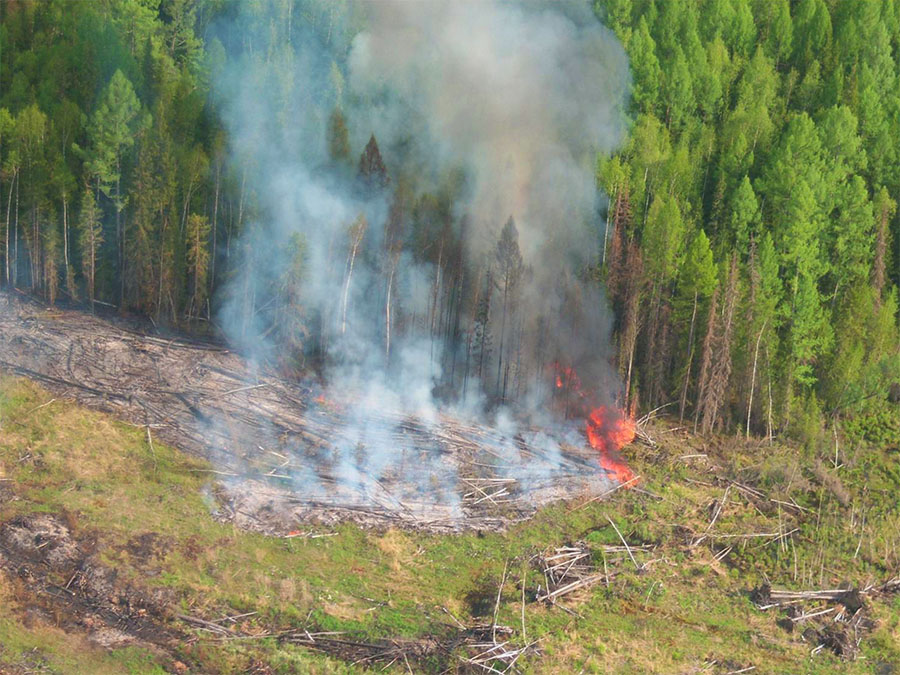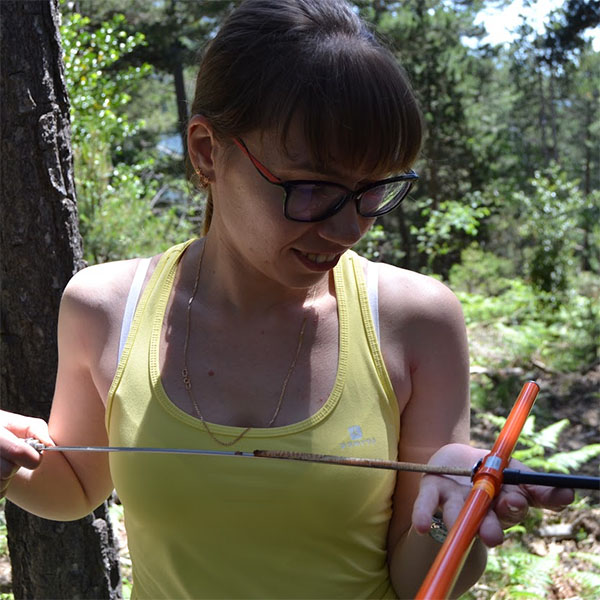The Angara region, located in Central Siberia, is a prime example of the valuable forest regions in Russia. Despite limited industrial and agricultural expansion in Siberia, due to a harsh climate and marginal soils, the Angara region is highly fragmented and disturbed by human activities.
With a warming climate, increasing demand for resources in world markets, exhaustion and poor management of high-quality timber resources in the southern Boreal, and pressure from international logging interests, the frontier of primary forest degradation and deforestation continues northward and poses a serious threat to much of the previously undisturbed Taiga in Siberia.
Despite fragmentation and degradation, 45% of the Angara region is still covered by forests close to their natural state and harbour considerable understory floristic biodiversity and a range of native species of birds and animals. Angara also contains large tracts of high-quality Scots pine forests, well-known worldwide for their rare physical and mechanical properties of wood.
The Angara region has been identified as a hotspot of rapid forest cover change in Boreal Eurasia. The unique Angara pine forests and many rare species of plants and animals are threatened by logging, fires and mining, among others.
Although the national harvest volume is presently much lower than during Soviet times, logging activity has remained high in this region given its adequate road and river networks. Logged areas and the surrounding primary forests are also highly susceptible to fire due to a combination of high fuel loads and accessibility for human ignition. Intensive extraction of oil, gas and other natural resources contributes to further deforestation and forest degradation.
The dramatic alteration of Angara landscapes has served as an arena for a long-lasting environmental conflict in Siberia. The current state forest management system does not ensure participation of non-governmental organisations, or the general public, in forest management and the development of forest policy. Poor efficiency of old harvesting technology and usage of heavy machinery also have negative impacts on soil, forest undergrowth and young trees.
Angara’s forests have been extensively used for more than half a century. Although forest cover is rapidly decreasing, there is not a single, federal, strictly protected conservation area in the region. To compensate for the substantial disturbance impacts in Angara, several natural protected areas have been organised at the regional level.
With the aim of conserving and restoring biological and landscape diversity, unique natural complexes and habitats, these areas account for 547,200 ha (or 4.3% of the total area).
In addition to the non-governmental bodies involved in forest conservation, there are a number of community-based environmental conservation organisations operating at a regional level and focusing on old-growth forest protection (e.g. Friends of Siberian Forests).
However, it is difficult to efficiently protect these forests without precise knowledge of their location. There are also deficiencies in legal and institutional frameworks to protect old-growth forests, as well as a lack of sufficient resources – human and financial – to implement conservation management.
Altogether, these have resulted in leaving the most valuable areas unprotected while protection status is granted to less-valuable forests.
Most 'primary' forests are considered industrial forest under Russian law. Logging of primary forest, instead of pursuing responsible forest management in already transformed forest, has put these forests at extreme risk. Old-growth forests, including those protected from clear-cutting, are logged for timber export under the guise of 'thinning', or 'sanitary', or 'maintenance' logging.
Preserving the global ecological value of Russian forests requires an improved long-term State policy to establish principles and mobilise adequate resources for primary forest protection, biodiversity conservation and an optimised forestry sector with no future encroachment into existing primary forests.
(Report temporarily unavailable.)
Article authors
Tatiana Shestakova
Brendan Rogers
Additional authors
Elena Kukavskaya.
Reference
Shestakova, T., Rogers, B. M., & Kukavskaya, E. A. (2021). Primary Forest Case Study: Boreal Siberia (p. 4). International Union for the Conservation of Nature.



